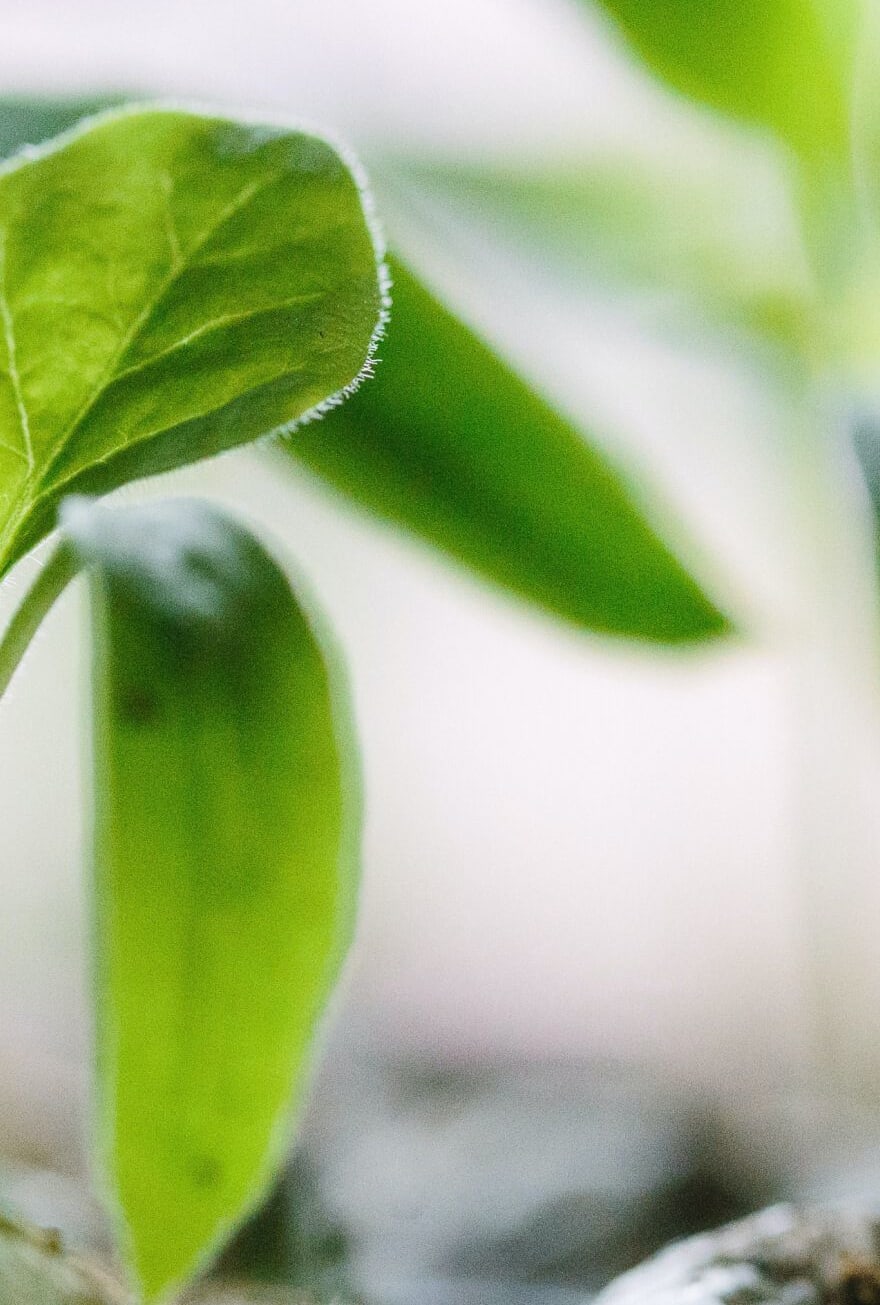Knowde Enhanced TDS
Identification & Functionality
- Chemical Family
- Polymer Name
- Plastics & Elastomers Functions
- Technologies
Features & Benefits
- Labeling Claims
- Materials Features
- Processing Considerations
- XD 26150 is designed to be diluted with additional polystyrene to achieve a final NuPlastiQ GP concentration between 10% and 40%.
- XD 26150 can be run on existing process equipment with a few adjustments.
- Injection molded applications with XD 26150 are slightly more sensitive to processing conditions such as temperature profile and cycle time.
- A typical recommended temperature profile will be in the 180°C – 210°C range.
- Depending on equipment, process conditions, and residence time, as temperatures increase in this range the glycerin plasticizer may experience some volatilization. This may cause a slight odor and/or smoke and is expected under normal processing conditions. Always use proper ventilation. See the BioBlend® XD 26150 SDS for details.
- Some equipment (shorter residence time, higher output) may allow for higher processing temperatures (210°C - 220°C).
- If the melt temperature is too hot for the specific blend, some scorching and dark coloring may occur. Lower the extrusion temperature and continue processing until the color lightens to an acceptable level.
Applications & Uses
- Compatible Polymers & Resins
- Plastics & Elastomers End Uses
- Plastics & Elastomers Processing Methods
- Applications
- BioBlend® XD 26150 is intended for injection molding.
Properties
- Physical Form
- Mechanical Properties
- Physical Properties
- Typical Properties
- Thermal Properties
- Flexural Properties
- Notes
- Moisture content was measured with an infrared moisture analyzer at 110°C for 10 minutes.
- Mechanical properties were measured on injection molded parts made directly from the 50% NuPlastiQ / 50% polystyrene masterbatch.
- These values are typical properties only and should not be used for specification purposes. End users should confirm results with their own tests.
| Value | Units | Test Method / Conditions | |
| Izod - Notched | 12 | J/m | ASTM D256 |
| Tensile Elongation at Break | 5 | % | ASTM D638 |
| Tensile Secant Modulus (at 1%) | 810 | MPa | ASTM D638 |
| Tensile Strength at Break | 25 | MPa | ASTM D638 |
| Value | Units | Test Method / Conditions | |
| Density | 1.2 | g/cm3 | ASTM D792 |
| Value | Units | Test Method / Conditions | |
| Moisture Content | 0.5 | % | ASTM D6980 |
| Value | Units | Test Method / Conditions | |
| Melt Flow Index | 1.8 | g/10 min (190 °C/10 kg) | ASTM D1238 |
| Value | Units | Test Method / Conditions | |
| Flexural Modulus | 1360 | MPa | ASTM D790 |
| Ultimate Flexural Strength | 40 | MPa | ASTM D790 |
Regulatory & Compliance
- Certifications & Compliance
- Chemical Inventories
Packaging & Availability
- Packaging Type
Storage & Handling
- Storage and Drying
- BioLogiQ BioBlends are dried after production and shipped in sealed moisture-proof bags that are ready to use as supplied. They should be stored indoors in the sealed container away from heat until used.
- If pellets are exposed to a humid environment, they will absorb moisture from the air. If needed, dry pellets by introducing warm dry air at no more than 80°C for 1-4 hours.
- The estimated moisture content of a BioLogiQ BioBlend can be measured with an infrared moisture analyzer at 105°C for 10 minutes. The result of the measurement will not perfectly equal the moisture content, due to possible partial evaporation of plasticizer. The result from this test should be <0.5% moisture prior to processing.

